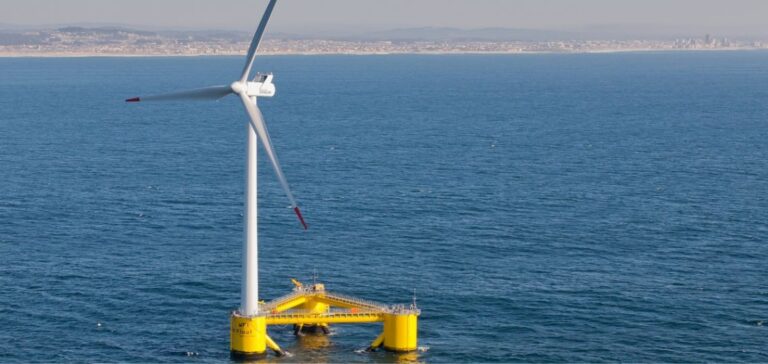Mooreast Holdings Ltd, specialists in mooring solutions, has announced the acquisition of a 98,919 m² facility from Seatrium Limited. This expansion will enable Mooreast to quadruple its production capacity, consolidating its position in the floating renewable energies market. The Mooreast Group, listed on the SGX Catalist, has obtained the option to purchase the site at 60 Shipyard Crescent from Seatrium New Energy Limited, a subsidiary of Seatrium. Seatrium is a recognized provider of engineering solutions for the offshore, marine and energy sectors.
Expansion Strategy
Mooreast, Asia’s only manufacturer of ultra-high-power anchors, expects to complete the acquisition by the end of 2024, subject to the approval of the JTC Corporation. The investment will be financed by internal resources. This new facility, adjacent to their existing 30,691 m² site at 51 Shipyard Road, will bring the total surface area to 129,609 m², boosting their production capacity. With this new infrastructure, Mooreast will be able to produce subsea foundations to support between 1.5 and 2 gigawatts (GW) of floating offshore wind power per year, compared with 0.5 GW at present. This significant increase is in response to growing market demand for floating renewable energies.
Operations Optimization
The new facility will manufacture subsea foundations and act as a logistics hub for equipment management and assembly. It will boast 865 meters of sea frontage, enabling it to accommodate specialized vessels for both onshore and offshore projects. This expansion is part of Mooreast’s strategy to increase capacity to meet expected demand in the floating renewable energy market. The company introduced new products and intensified its marketing efforts. It also expands its geographical presence with the incorporation of Mooreast Taiwan and Mooreast UK.
Projects and prospects
Mooreast has already secured several major projects, including the supply of its patented anchors for a pre-commercial floating wind farm in France, and the supply of buoys for Japan’s first commercial floating wind farm. According to Mr Sim Koon Lam, founder, CEO and executive director of Mooreast, this acquisition will enable the company to meet growing demand and strengthen its competitiveness on the international market. The acquisition of this new facility will enable Mooreast to manage projects of even greater commercial scale, consolidating its value proposition and competitive edge in international markets. By anticipating strong demand for floating renewable energies, Mooreast is strategically positioned to capitalize on future opportunities.






















